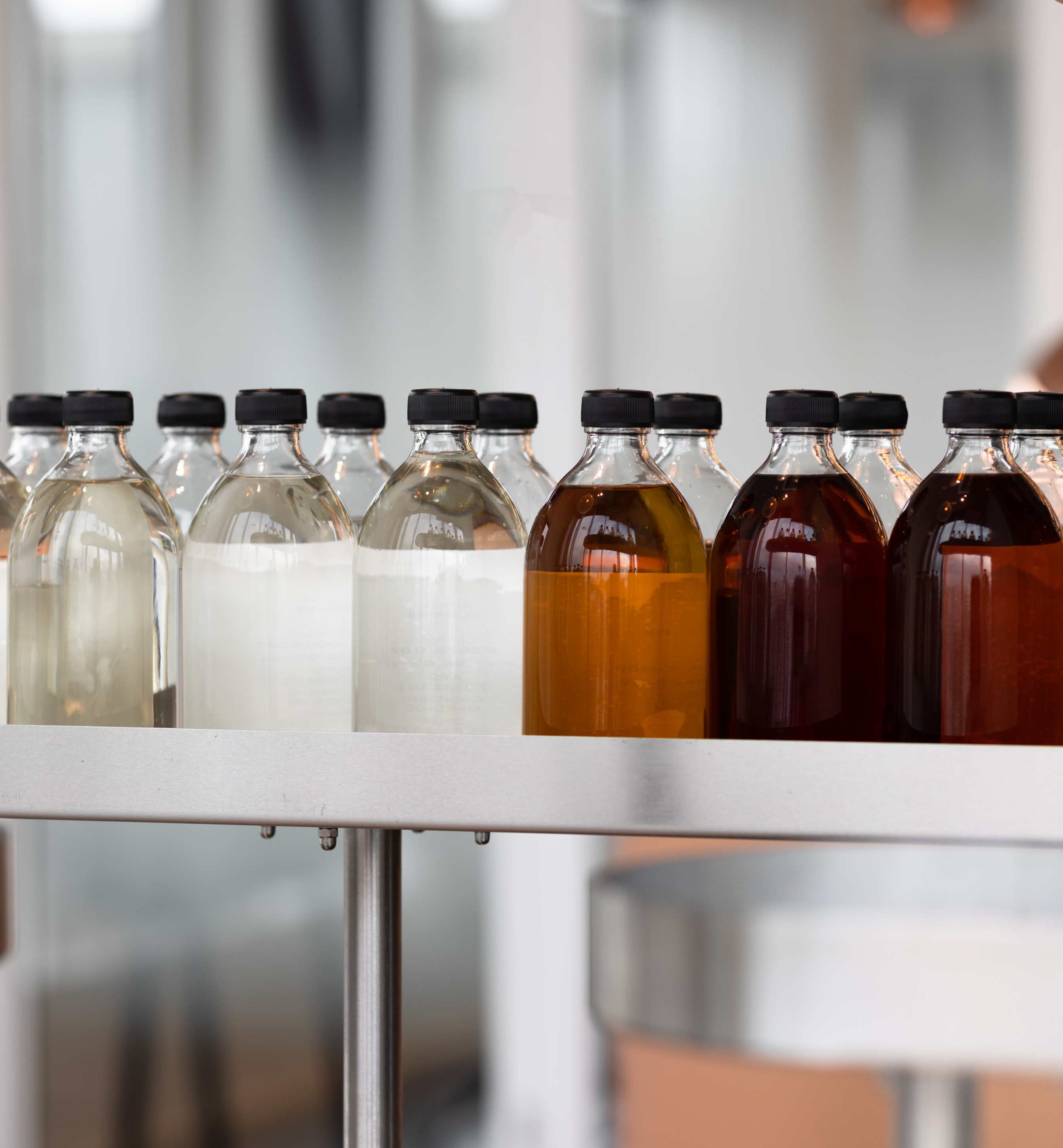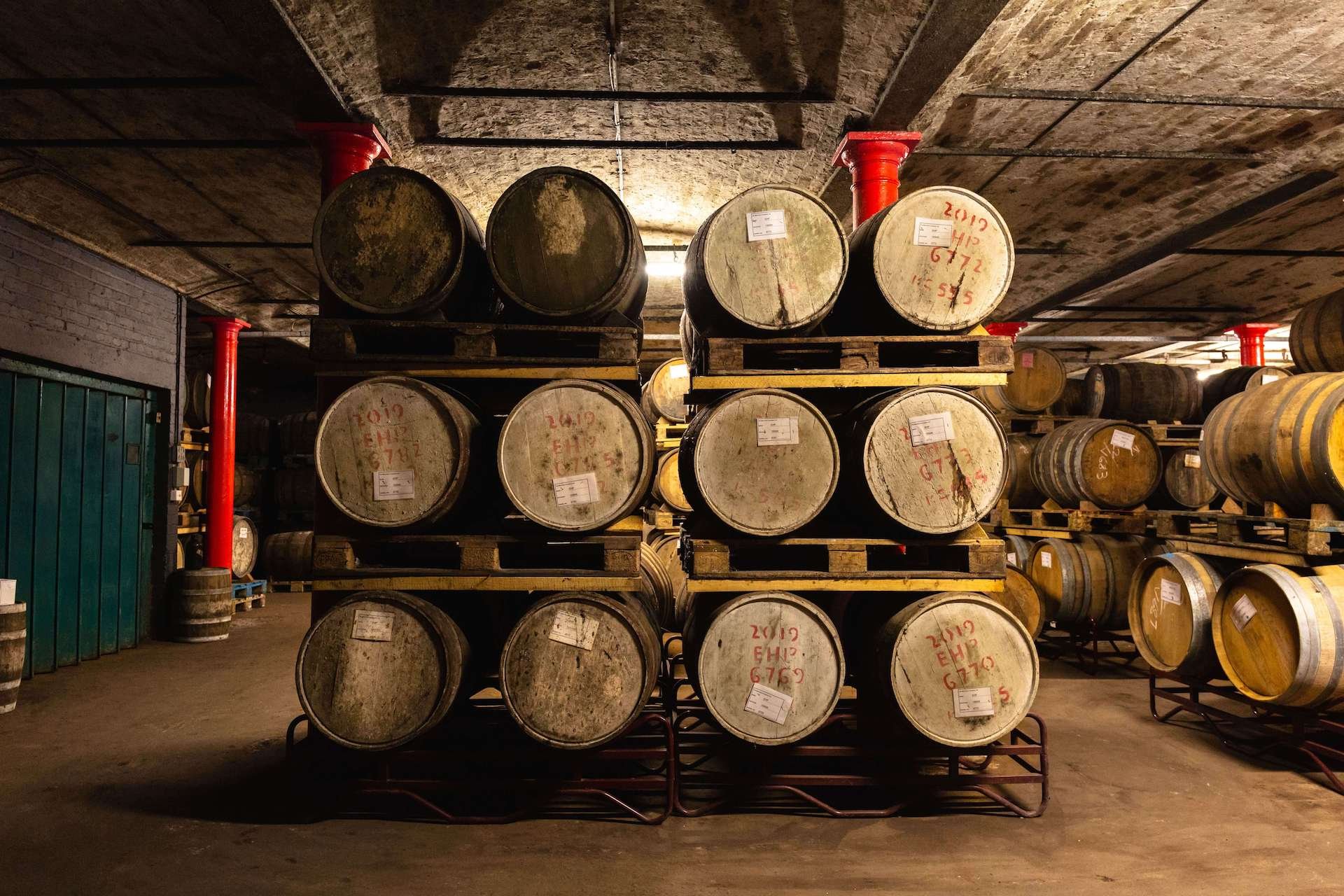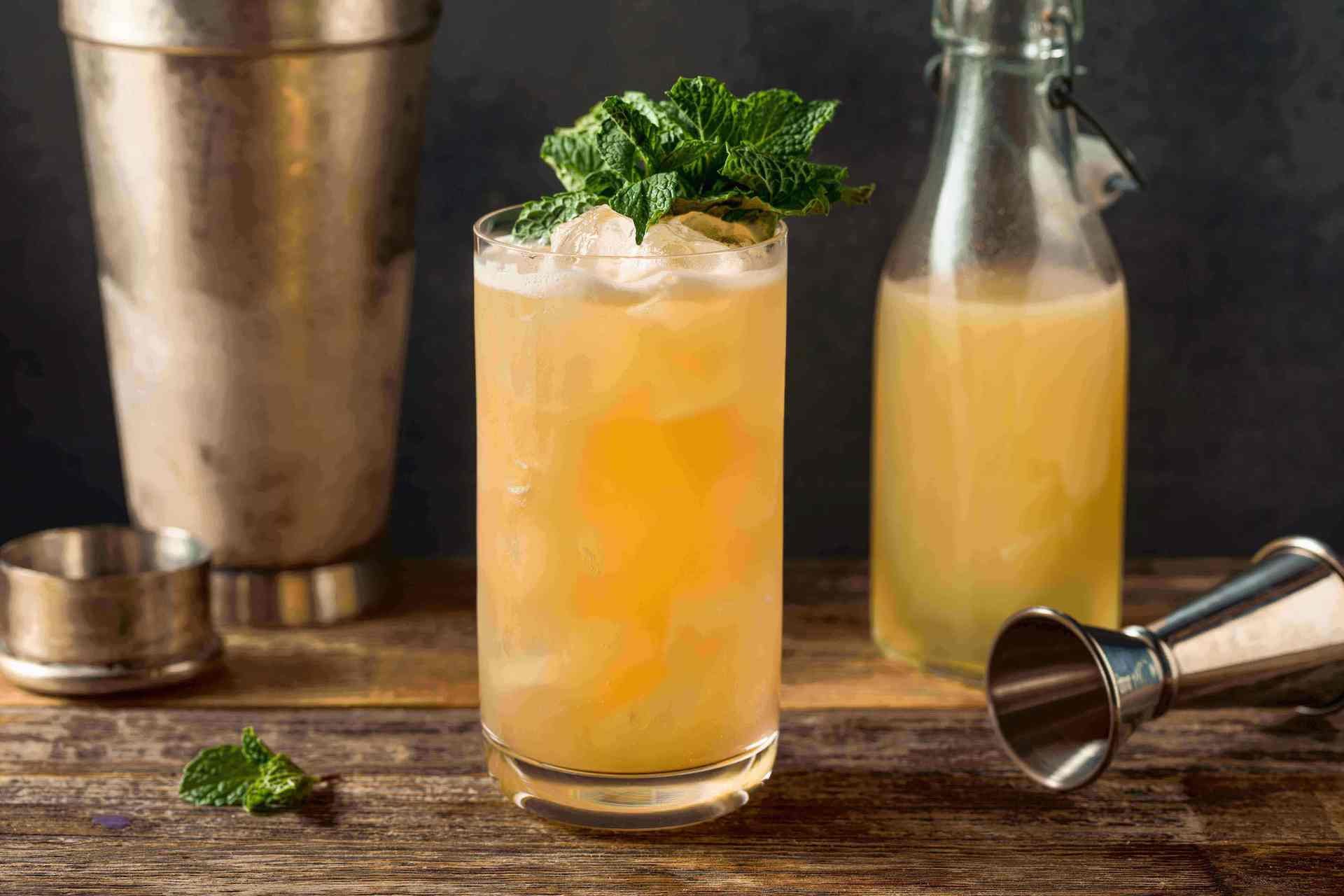Rhum Agricole

Rhum Agricole
Introducing Rhum Agricole, a spirit deeply rooted in Caribbean tradition and craftsmanship. This spirit has a distinct production process guided by generations of expertise, emphasising the natural taste of sugarcane and the artistry of small-scale distillation.
Earlier, we mentioned Rhum Agricole as one branch in the diverse Rum family. Through this article, we invite you to take a closer look into the world of Rhum Agricole, from its origins to its present-day culture.
The rise of French Caribbean Rum (Rhum)
An advantageous situation
The rise of French Caribbean Rum can be attributed to a series of events that played to its advantage. By 1839, the first continuous still was established in Martinique. Continuous stills provided a more efficient way to distil alcohol, which propelled the Rum industry in the Caribbean islands. Around the same time, the oidium fungus ravaged the vineyards of urban French winemakers, which left consumers turning to alternatives like Rum. To add to the list of advantages, during the mid-19th century, Napoleon III dismantled the import duties on Rum from the Caribbean. This created an influx of Rum from the Caribbean islands to France and Europe.
A dwindling sugar industry
The creation of Rhum Agricole was further aided by dropping sugar prices around the world. By the 1880s, the sugarcane industry in the Caribbean faced economic challenges due to a global surplus and competition from sugar beet. At the time, sugar prices plummeted worldwide, posing a threat to economies that relied on sugar production, such as Martinique, Guadeloupe, and other French islands. Small-scale estates are no longer profitable, so they needed a way to reinvent sugarcane in order to survive. Luckily, they had the core elements for alcohol distillation in place and thus transitioned from producing sugar to Rum.
Rum from sugarcane juice
In the 19th century, Rum was mostly created from sugarcane molasses or syrup, a thick and dark liquid produced from the sugar production process. Therefore, at the time, Rum-making typically happened after sugar production. The practice of making Rum from fresh sugarcane juice began when sugar prices dropped, leaving some producers with a void to fill for their surplus sugarcane juice.
It turned out that distilling Rum from fresh cane juice brought about many benefits. This innovative approach not only allowed distilleries to bypass the costly and labour-intensive sugar production process but also presented an opportunity to create a distinctly new type of Rum with its own unique flavour profile and character. Thus, Rhum Agricole was born out of necessity, representing a departure from the traditional methods of Rum production and a testament to the ingenuity and resilience of Caribbean distillers.
However, not every distillery made Rhum Agricole. In various origins, molasses-based Rum was still the norm, while Rhum Agricole was confined to smaller distilleries. It was not until the mid-20th century that the production of Rhum Agricole surpassed that of molasses Rum by nearly four times.
AOC Martinique Rhum Agricole
In 1960, Martinique’s Rum producers united to form CODERUM (Comité Martiniquais d'Organisation et de Défense du Marché du Rhum) with the mission of promoting Rum from this region. In 1972, they began the quest to create a Geographical Indication (GI) for Martinique Rum. However, it was not until 1996 that Martinique Rum gained the Appellation d'Origine Contrôlée (AOC) certification, which granted them a protected status.
As with many other GI, this Rum must be produced on the island of Martinique. However, simply being from the region is not sufficient; to be officially recognised as AOC Martinique Rhum Agricole, it must adhere to the following criteria:
-
Geography: Rhum Agricole must be crafted from sugarcane cultivated in one of Martinique's 23 municipalities and Guadeloupe.
-
Agriculture: Sugarcane cultivation methods are strictly regulated to maintain low yields. This discourages aggressive fertilisation practices that may artificially increase yields in an unsustainable manner.
-
Sugarcane production: Rigorous processing standards are imposed. The cane juice extraction must use exclusively cold-pressing methods, with a Brix level of no less than 14 and a pH exceeding 4.7.
-
Fermentation: Fermentation can be spontaneous or initiated by introducing a concentrated yeast solution. However, it must occur in batches and open containers with a capacity not exceeding 50,000 litres (or 13,208 gallons). Fermentation cannot extend beyond 72 hours.
-
Distillation: According to AOC Martinique guidelines, Rhum Agricole must undergo distillation using continuous distillation columns ranging from 0.7 to 2 metres in diameter. The column should feature at least 15 stripping plates (made of either copper or stainless steel), 5 to 9 rectifying copper plates, and a water-cooled condenser for reflux.
-
Bottling: Rhum Agricole also needs to be bottled in Martinique and Guadeloupe.
Rhum Agricole on other French Caribbean Islands
Martinique is not the only place in the world where Agricole-style Rum is produced. Its neighbour, Guadeloupe, also produces Rhum Agricole on its islands, which include Maria Galanta, Grande-Terre, and Basse-Terre.
Production process: Rhum Agricole vs Agricole-style Rum
Though the denomination ‘Rhum Agricole’ is defined in the EU Rum definition, distillers across the world also produce Agricole-style Rum using their own methods. Across the Caribbean, South America, and the Indian Ocean, countries such as Trinidad and Tobago, Panama, Mauritius, and the Reunion Islands are also producing Agricole-style Rum. Below are some key differences between Rhum Agricole and its counterparts.

Flavour profile and terroir
Rhum Agricole’s flavour is closely tied to its terroir. The warm, humid tropical climate and frequent rainfall on the French Caribbean islands support healthy sugarcane growth, while the volcanic soil enhances its depth and complexity. These conditions result in Rum with fresh, grassy, and herbal notes often described.
Cultural significance
Rhum Agricole is deeply woven into the French Caribbean culture, with a history spanning centuries. It is a part of everyday life, celebrated in festivals and rituals, and reflects the region's heritage and identity.
The traditional craftsmanship involved in making Rhum Agricole gives it a special place in the culture beyond just being a drink. It helps connect the Caribbean with the rest of the world, sharing its rich traditions and heritage. Rhum Agricole captures the spirit of the Caribbean, highlighting the area's diverse and vibrant cultures.
Frequently asked questions about Rhum Agricole
What is the difference between Rum and Rhum Agricole?
The main difference between Rum and Rhum Agricole lies in their production methods and ingredients:
1. Base Ingredient
- Rum: Traditional Rum is typically made from molasses, a byproduct of sugar production.
- Rhum Agricole: Rhum Agricole is crafted exclusively from freshly pressed sugarcane juice rather than molasses. Rhum Agricole’s origin and denomination are also protected.
2. Origin
- Rum: Rum is produced in various countries worldwide, with different regions contributing to its diverse styles and flavours.
- Rhum Agricole: Rhum Agricole must be produced in Martinique and other French islands producing Agricole Rum.
3. Production Methods
- Rum: The production process for traditional Rum often involves large-scale distillation facilities and may use various distillation methods, including column stills and pot stills.
- Rhum Agricole: Rhum Agricole is typically crafted using small-batch methods, emphasising artisanal distillation techniques.
While Rum and Rhum Agricole share similarities as sugarcane-based spirits, their distinct production methods, ingredients, and origins result in unique flavour profiles and cultural associations.
Is Cachaca the same as Rhum Agricole?
No, Cachaça is not the same as Rhum Agricole. While both Cachaça and Rhum Agricole are sugarcane-based spirits, they differ in several key aspects:
1. Base ingredient
- Cachaça: Cachaça is made from fermented sugarcane juice. The juice may be freshly pressed or boiled down to form a syrup called "Cana," which is then fermented and distilled.
- Rhum Agricole: Rhum Agricole is also made from sugarcane juice, but it is exclusively crafted from freshly pressed sugarcane juice rather than syrup or molasses.
2. Origin
- Cachaça: Cachaça must be produced in Brazil, where it is one of the national spirits and holds significant cultural importance.
- Rhum Agricole: Rhum Agricole can be produced in the French Caribbean islands, such as Martinique and Guadeloupe. Rhum Agricole’s origin and denomination are also protected.
In short, Cachaça and Rhum Agricole are both sugarcane-based spirits, though they each have their own distinct characteristics, production methods, and cultural associations.







